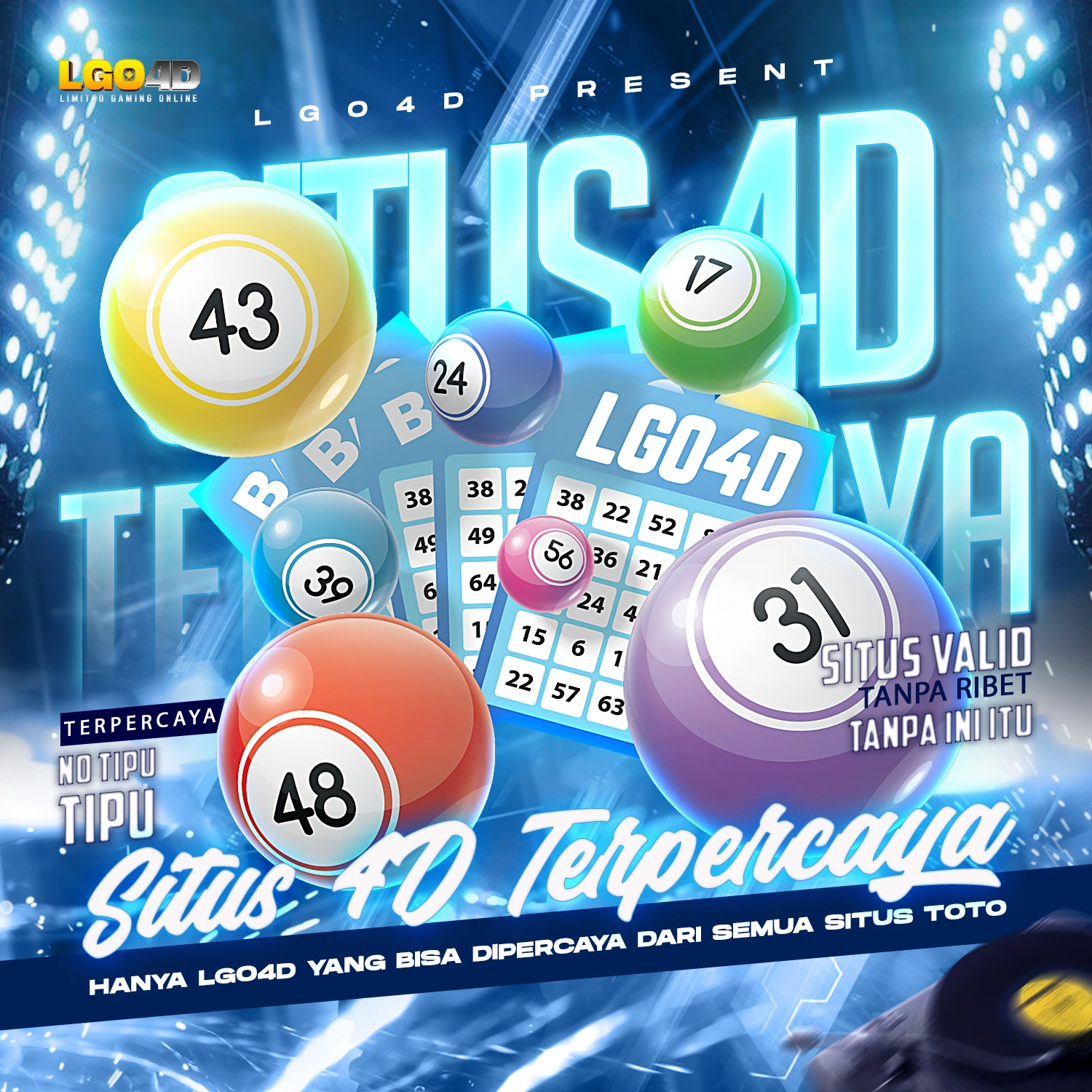LGO4D: Situs Resmi Bandar Toto Resmi Dan Togel Online Terpercaya
LGO4D merupakan situs resmi bandar toto online terpercaya yang menyediakan berbagai jenis permainan pasaran togel terlengkap. Serta sistem keamanan dan privasi terjamin aman. Di dunia digital sekarang banyak pemain yang mencari permainan situs togel online resmi yang kualitas situsnya aman.Situs LGO4D menawarkan kualitas dan keamanan serta kemudahan untuk bermain di toto online serta mudah mendapatkan keuntungan.
Di situs ini, kalian bisa memilih angka dengan mudah dan melakukan bettingan kapan saja dan dimana saja. Selain itu juga, keamanan dan kepercayaan menjadi pondasi utama yang penting menjadikan link lgo4d pilihan utama untuk bermain bandar toto online. Mereka yang mencari pengalaman dapat mencoba dan bergabung disitus ini dan rasakan keseruan serta sensasi keseruan bermain togel dengan pasaran terlengkap dan terpercaya.














 Promosi
Promosi
 Login
Login
 Daftar
Daftar
 Link
Link
 Live Chat
Live Chat